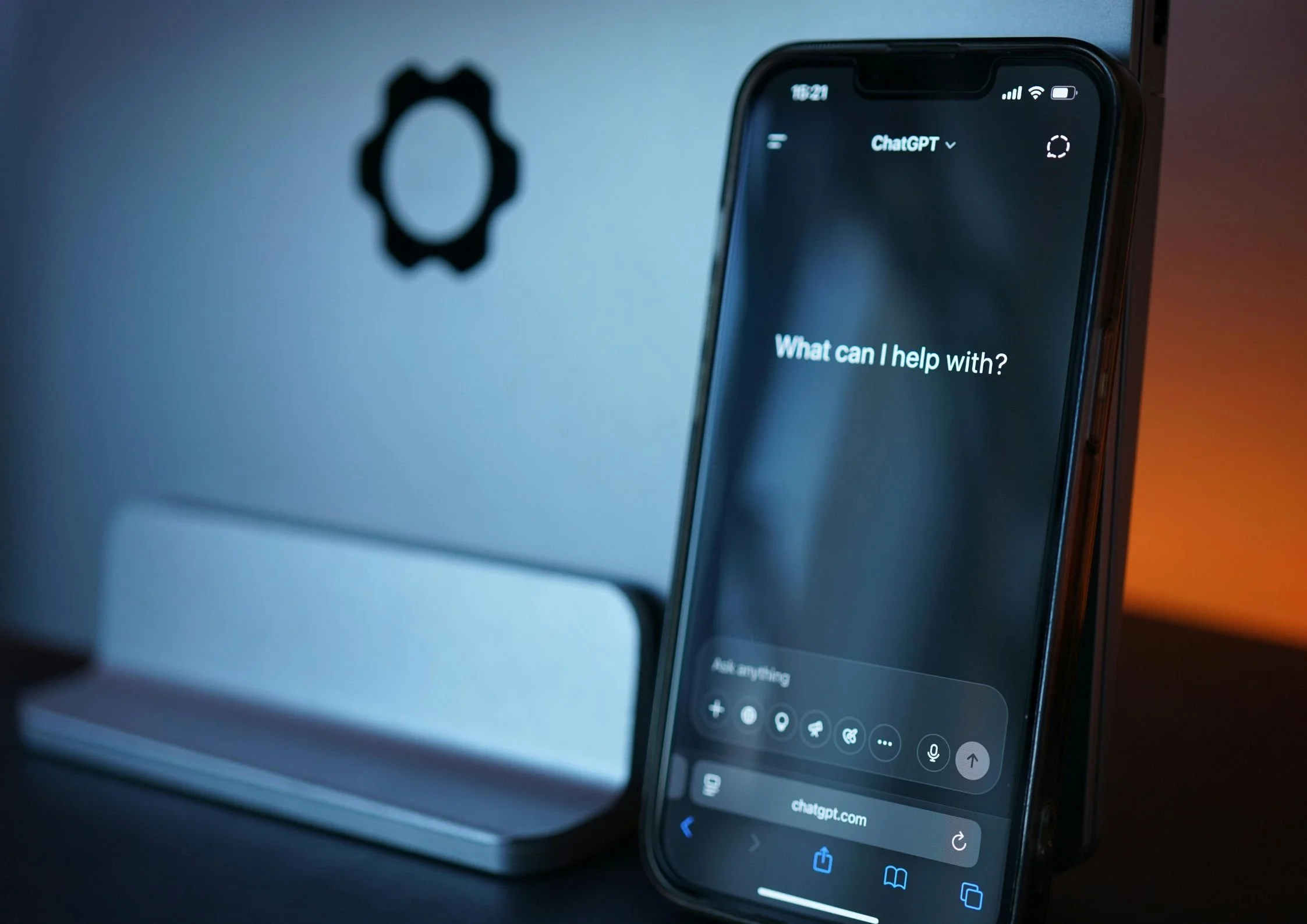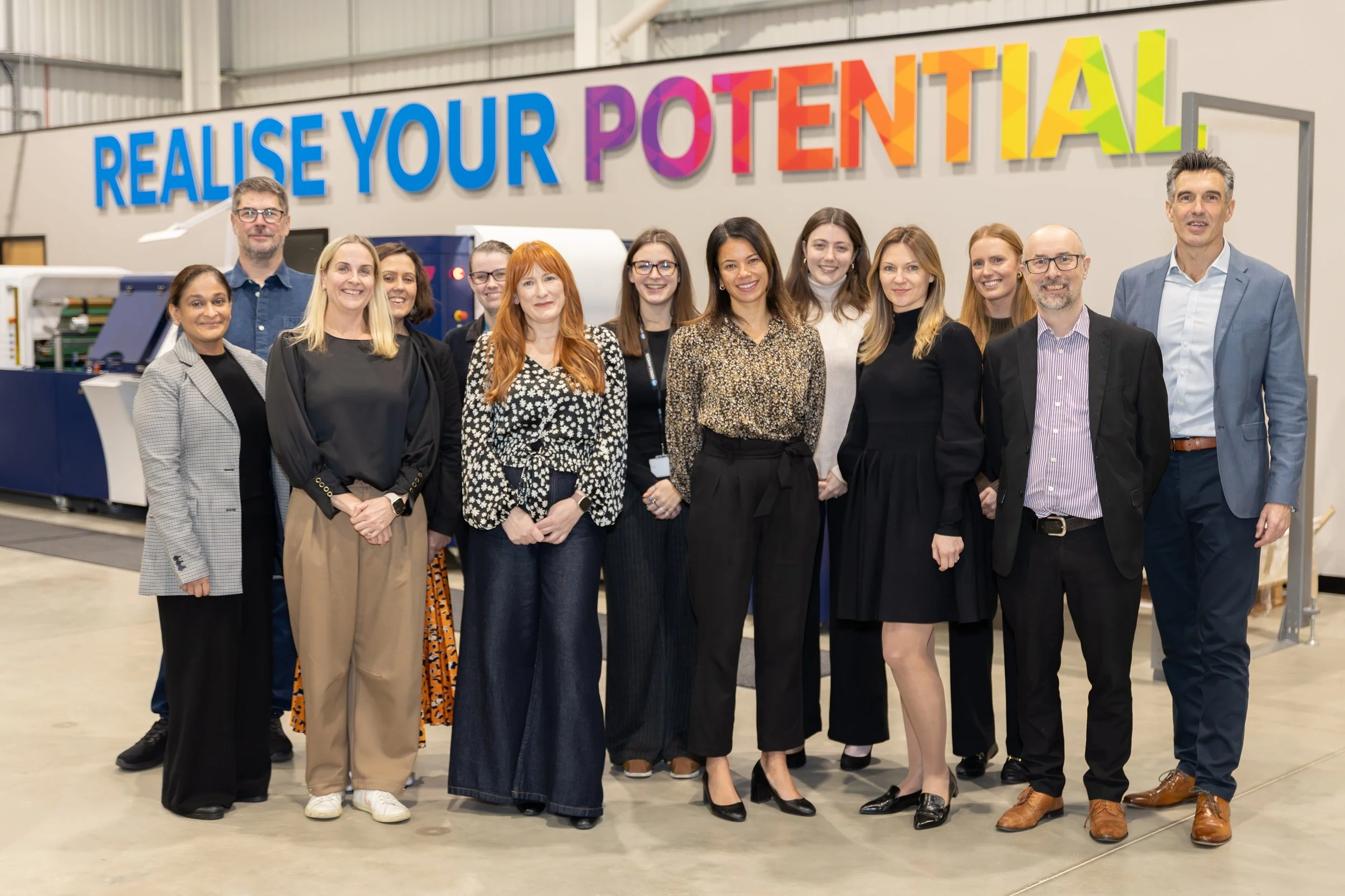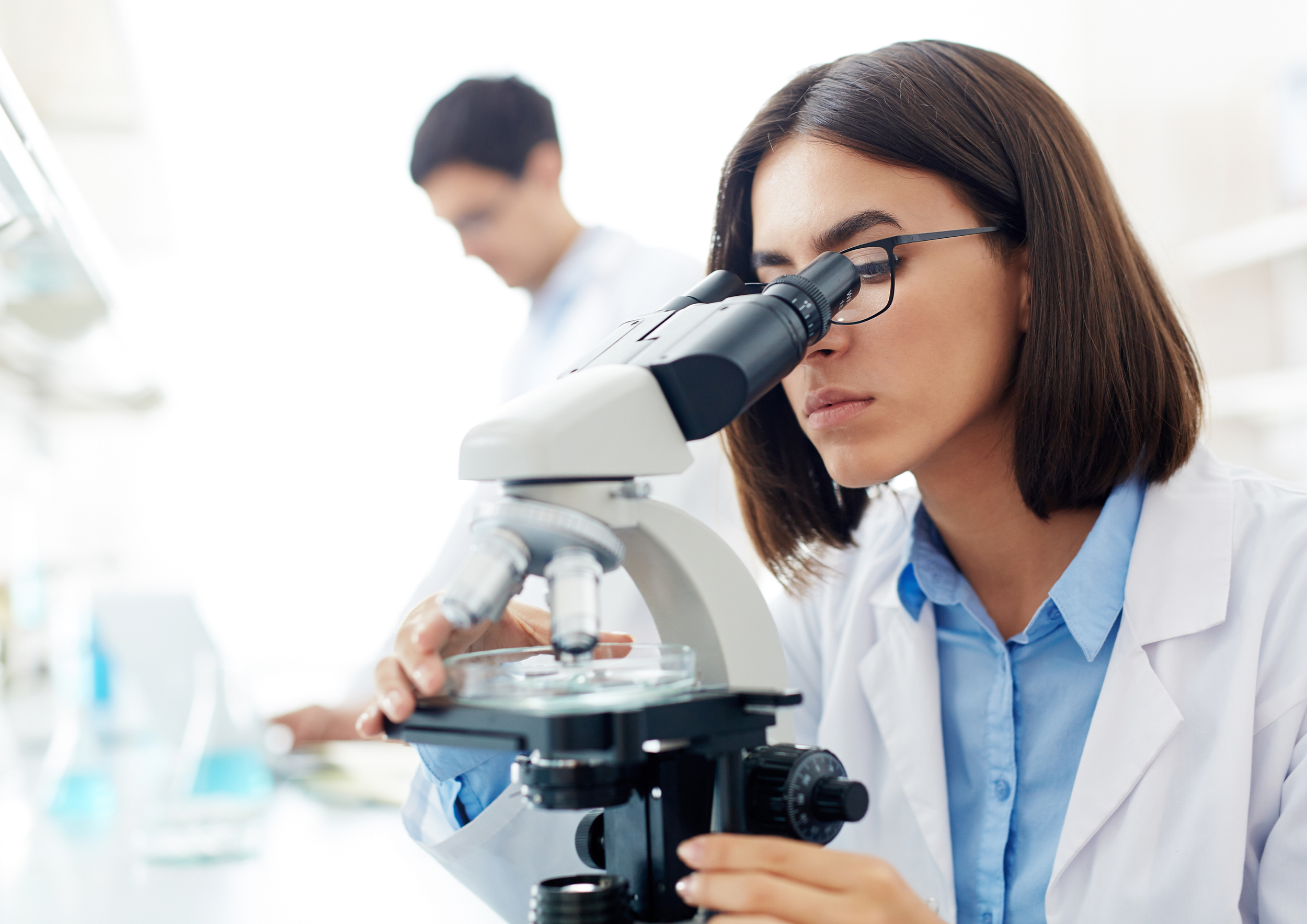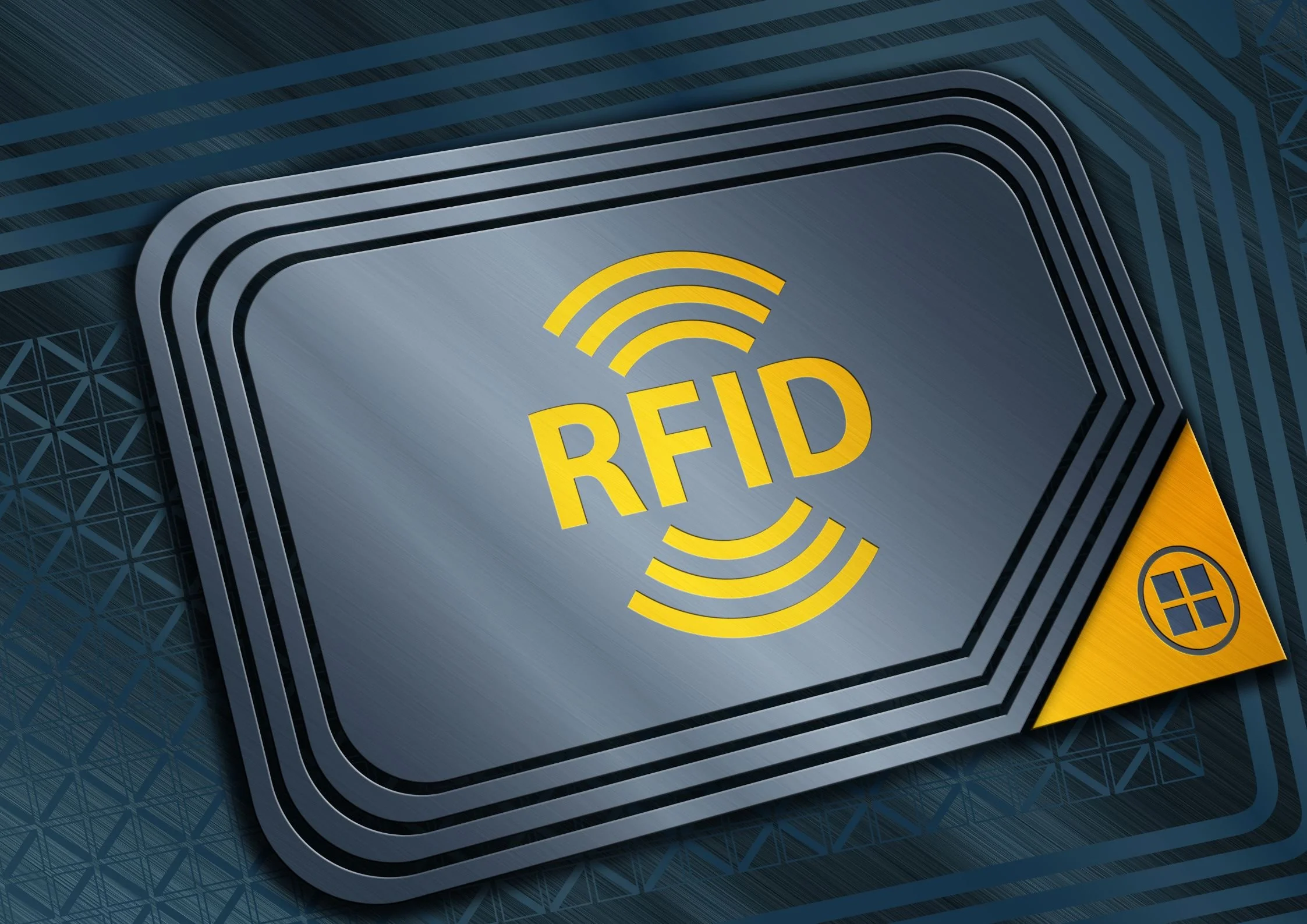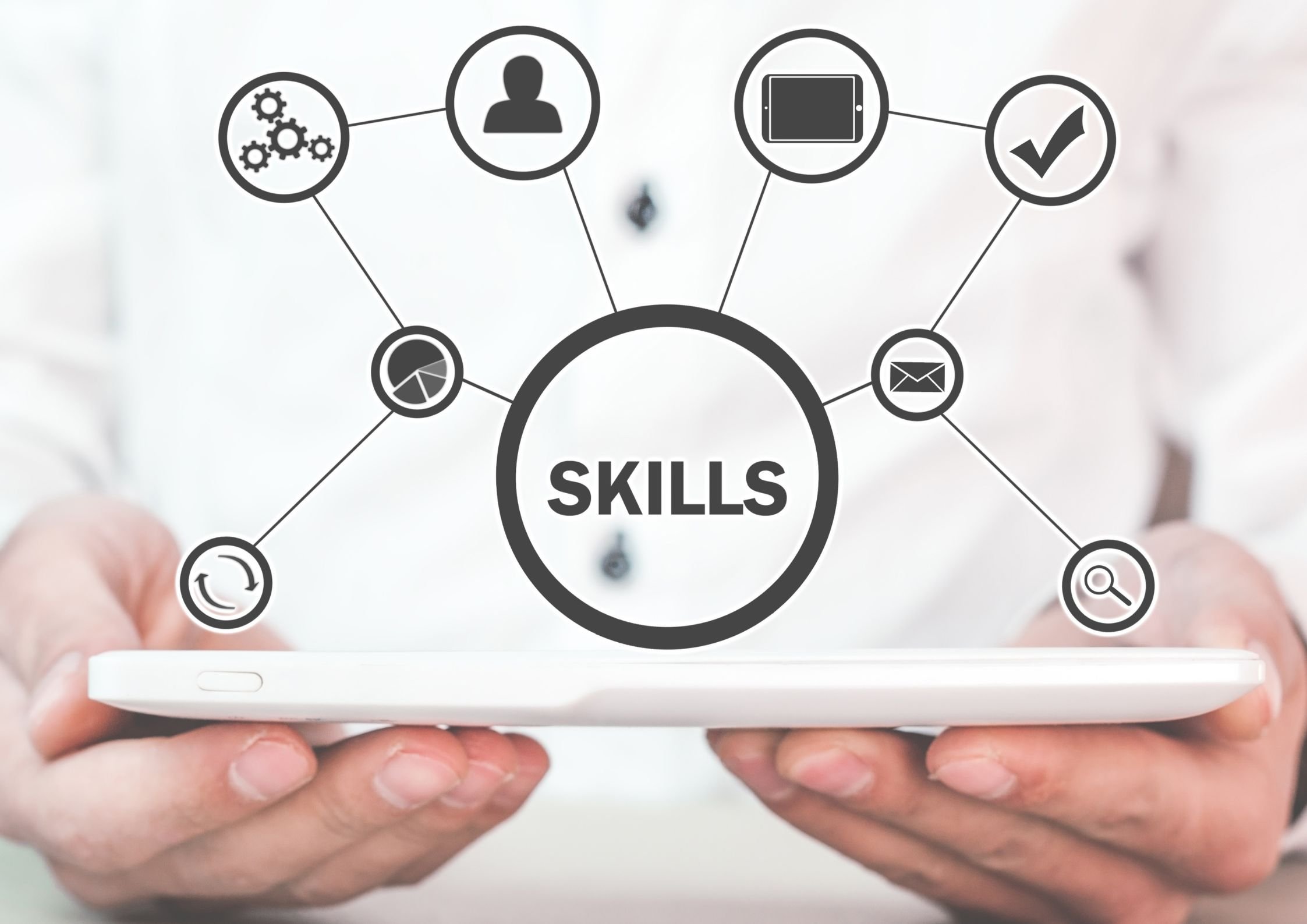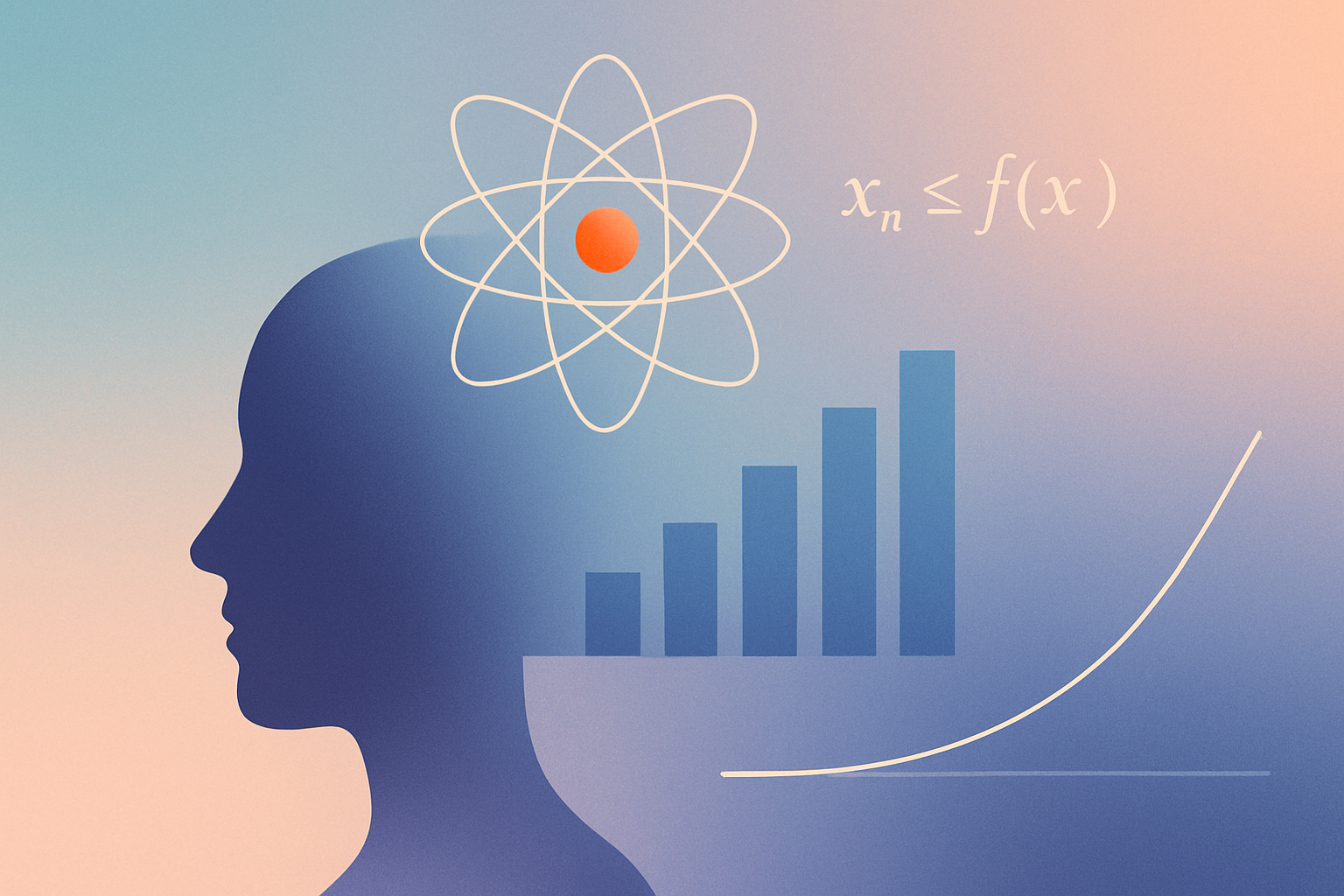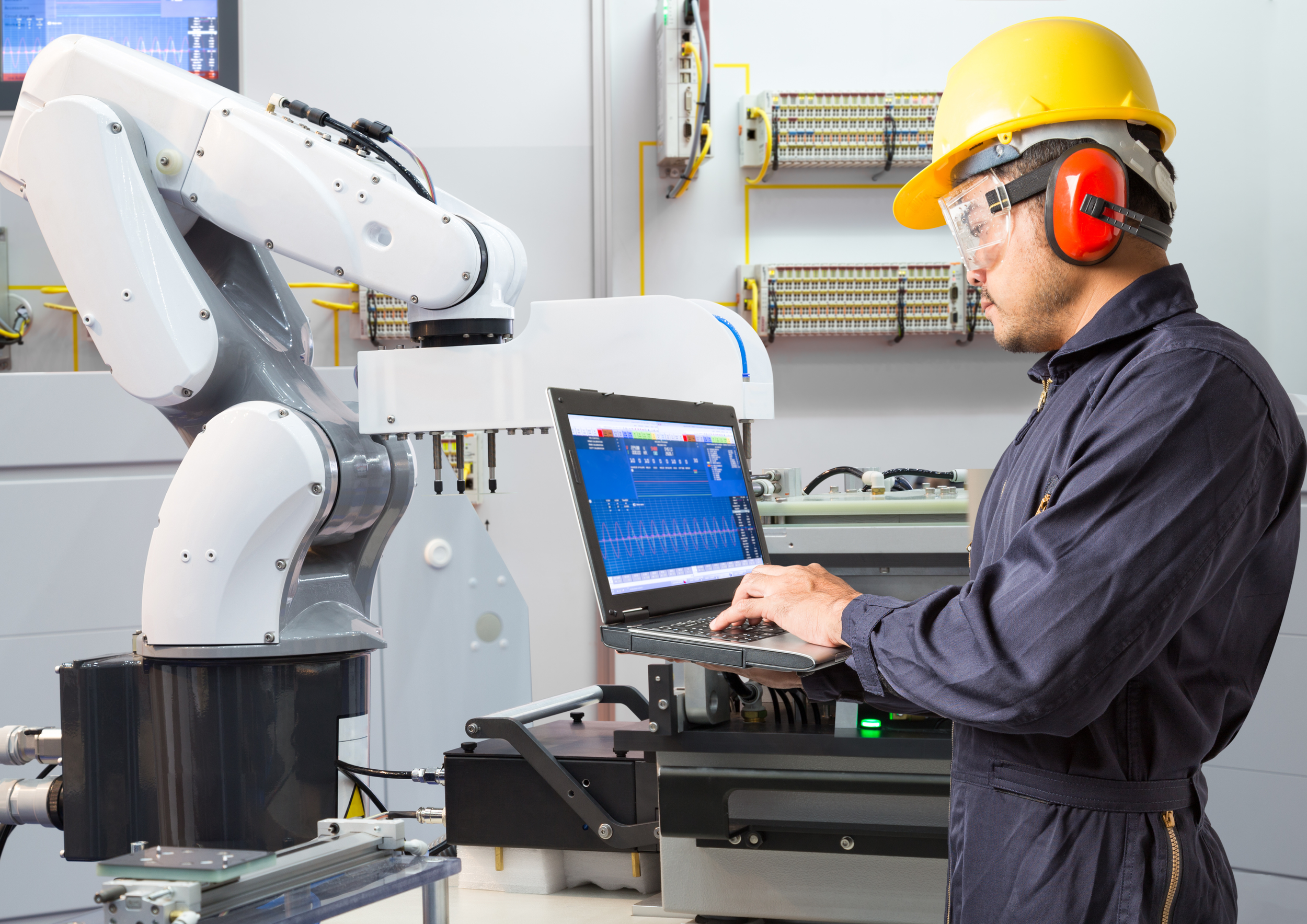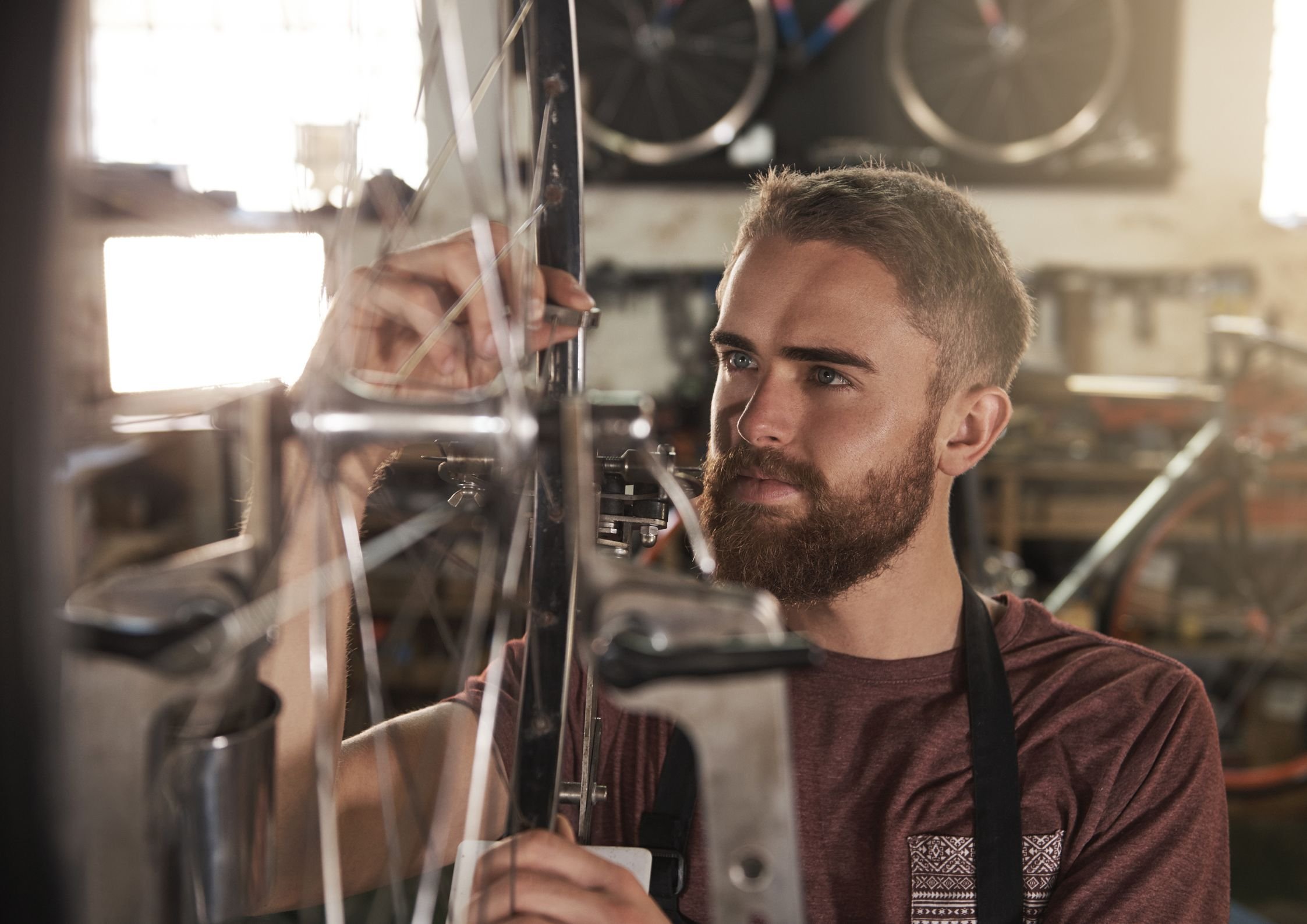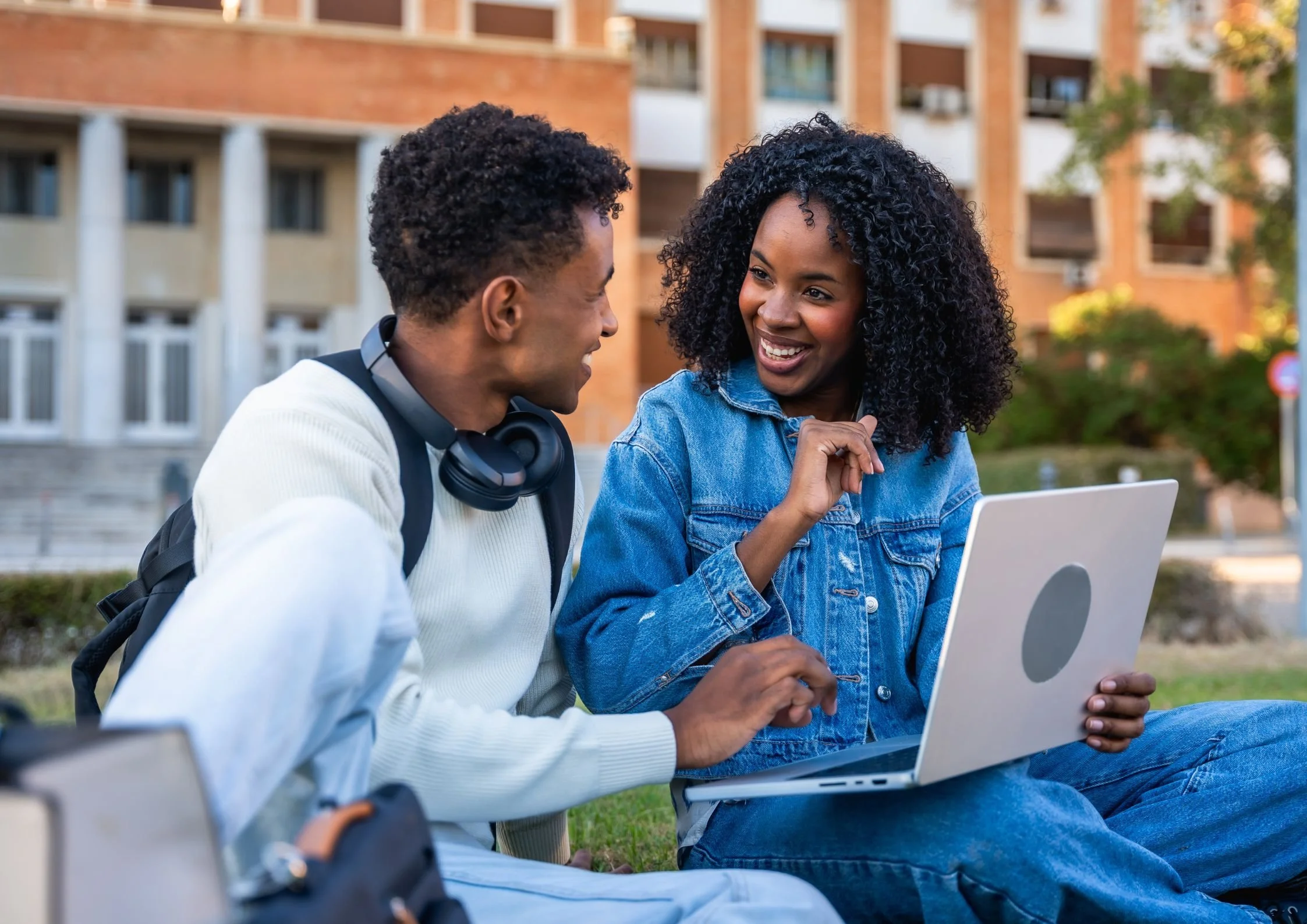MIT develops AI-powered mask to restore damaged paintings in hours with reversible results
Credit: Courtesy of the researchers
Researchers at the Massachusetts Institute of Technology (MIT) have developed a new method for restoring damaged paintings using artificial intelligence and thin polymer films, potentially transforming the labor-intensive restoration process.
The approach enables restorers to digitally recreate a painting’s original appearance, then transfer that reconstruction directly onto the artwork via a printed mask. Unlike traditional restorations that require hand-painting over damaged areas, this film-based method is fully reversible and creates a permanent digital record of every change made.
How the process works
Developed by Alex Kachkine, a PhD student in mechanical engineering, the process begins by scanning a cleaned version of a damaged painting. Artificial intelligence algorithms then reconstruct a virtual version of the original artwork.
Software maps out specific areas requiring infill and calculates the precise colors needed. This data is printed onto a two-layer mask using commercial inkjet printers, one layer in color and the second in white to achieve color accuracy. The mask is aligned by hand and applied to the original artwork using a removable varnish.
Kachkine emphasizes that the method preserves both the original piece and a detailed digital trail. “Because there’s a digital record of what mask was used, in 100 years, the next time someone is working with this, they’ll have an extremely clear understanding of what was done to the painting,” he says.
Speed and scale
In testing, the method restored a 15th-century oil painting by identifying over 5,600 damaged areas and applying more than 57,000 unique colors — all in under four hours. Kachkine estimates the system is at least 66 times faster than traditional approaches.
“The study shows that a realistic digital twin can jump-start AI tool development for strawberry farms, enabling faster, more cost-effective robotics innovation,” he says.
Restoration ethics and future research
While the technology dramatically increases efficiency, Kachkine notes that ethical considerations remain. “It will take a lot of deliberation about the ethical challenges involved at every stage in this process to see how can this be applied in a way that’s most consistent with conservation principles,” he says.
The printed film can be dissolved using conservation-grade solutions, ensuring that future restorers can access the original work if needed.
This method could bring thousands of unseen artworks out of storage and into public view by reducing the time and cost of restoration. Kachkine believes the system could also assist in museum documentation, rapid restoration trials, and developing standardized restoration procedures using digital archives.
“There is a lot of damaged art in storage that might never be seen,” Kachkine says. “Hopefully with this new method, there’s a chance we’ll see more art, which I would be delighted by.”


